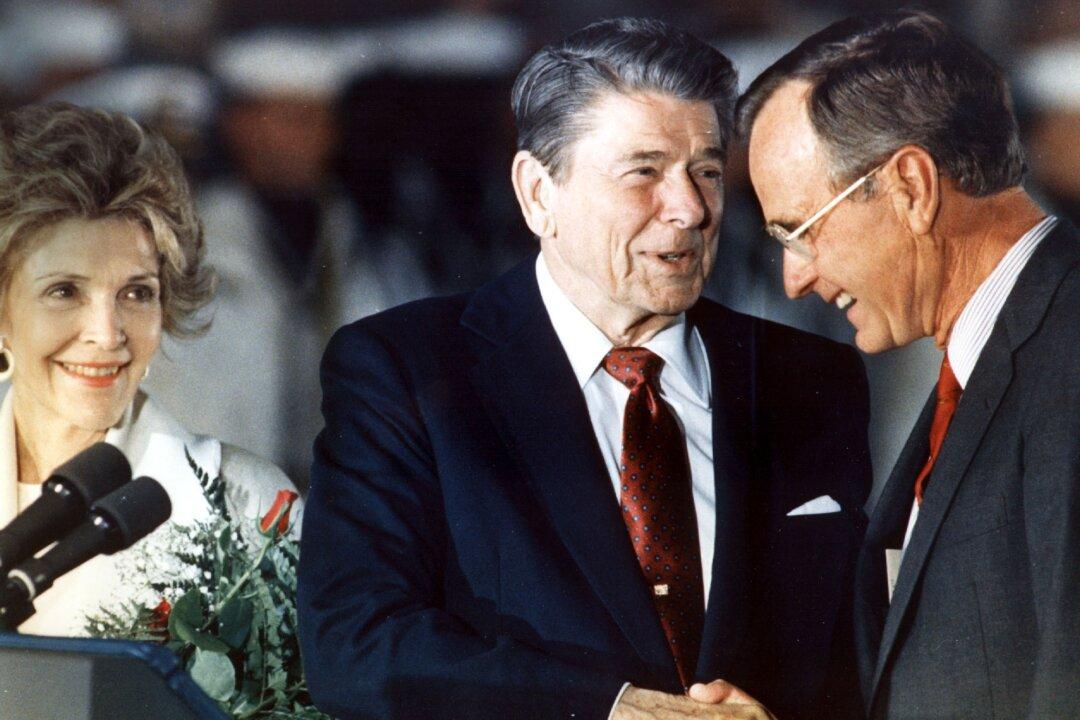NEW YORK—The Department of Labor reported that the economy added 215,000 jobs last month, well below the 260,000 monthly additions posted a year earlier, and new employment opportunities and wage gains will continue to be depressed for the balance of this year and next.
Previously the Commerce Department reported that gross domestic product grew 2.3 percent in the second quarter. That figure will likely be revised up to 3 percent, but stronger economic growth isn’t translating into a more encouraging labor market.
Importantly, U.S. manufacturers—where the best untapped potential for well-paying jobs remain—are burdened by an artificially strong dollar and skill shortages.





